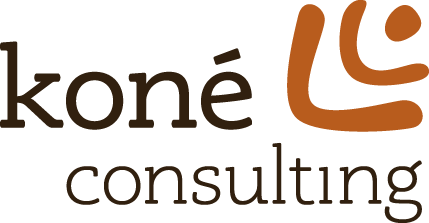It's Just the Way We Do Business Around Here
Change in any large organization is a heavy lift. John Kotter, a leading expert in leadership and change, has shown that more than 70% of all major transformation efforts fail! In government agencies, public officials seeking change must overcome many additional hurdles, including frequent turnover, limited (or non-existent) funding, and mind-boggling legal and regulatory processes.
Some projects or initiatives aimed at change never even get off the ground. Still, many efforts do launch, some quick wins are had, and more significant changes are successfully implemented. Yet, how can you ensure that the changes will outlive the special project or initiative – when the grant funds run out or your leadership or key staff members leave? How can you keep an organization and its people from reverting to what they have always done? How do you institutionalize change? There is no silver bullet or magic solution but it’s something to think about at the beginning of your effort.
In my personal experience being a part of and leading change initiatives, the most important thing is to engage all levels of staff in the organization in a real and meaningful way, as early as possible. It’s especially important to engage existing, experienced staff members. I’ve made the mistake of only including the newly hired, project-focused staff and those who are already bought in – largely out of fear of resistance to the changes we were trying to implement. I learned the hard way that hiding from or avoiding the staff members that you fear will resist change will quickly backfire. Engaging staff members at all levels and demonstrating respect for their work, helps build an inclusive team, and increases the likelihood that whatever members of the team remain as time goes on, will carry on the important work that you started together.
We can also learn from the Work Support Strategies (WSS) project and the important transformations that state leaders have implemented as part of that endeavor. They have identified several keys to success for seizing opportunities to lead positive, strategic change.
One WSS lesson that especially resonates for me is “establishing mutual ownership of problems and solutions amongst stakeholders.” By creating structures, and eventually an organizational culture, that embraces continuous improvement and problem-solving that includes the “doers” of the organization, you help ensure that the organization can and will make needed changes in the future. Ultimately the best way to ensure that momentum continues is to truly embed the work and changes into the fabric of the organization – its people and processes – so that it becomes the way work gets done – special project or not.
